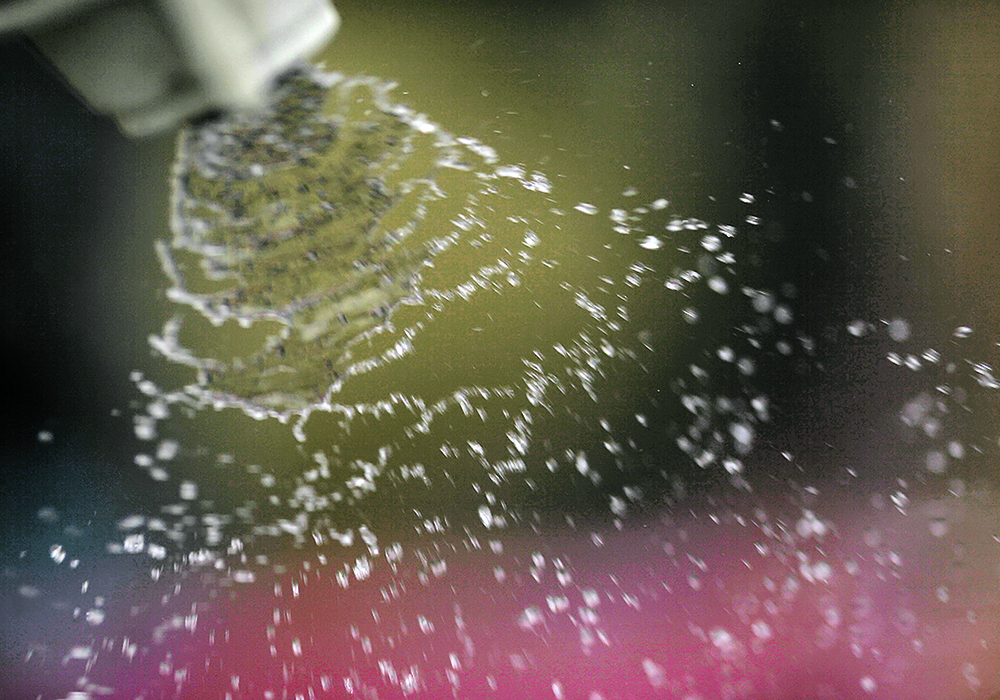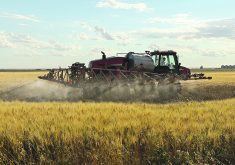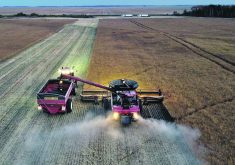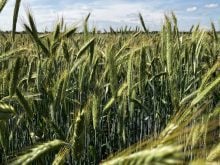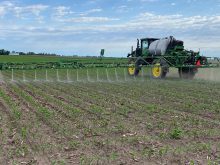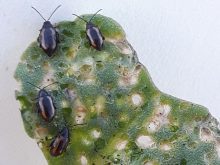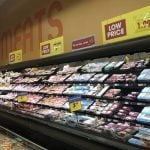Shortages were a concern earlier in the year when COVID shut down Chinese plants, but those problems were temporary
Farmers shouldn’t have problems sourcing agricultural chemicals this winter and spring, says an industry analyst.
“We don’t see any shortage of products,” said David Frabotta, editor of AgriBusiness Global, a publication that reports on the agrochemical industry.
“We do see fairly full value chains and fairly stable prices, on par with what we saw last year going into this growing season.”
There was a time earlier this year when a supply shortage was a concern. China temporarily shut down the manufacturing of active ingredients due to COVID-19 restrictions, causing a price spike in March and April.
Read Also

Government support for Canadian farmers has plummeted
Subsidies in Canada were 30 per cent of gross farm receipts in 1980s and are now around eight per cent
But China’s chemical manufacturing industry has quickly rebounded and supply chains are properly functioning.
In some ways, the global pandemic arrived at a good time for the agriculture industry.
“By the time COVID hit retailers were fully stocked, farmers had their seed choices in place and there wasn’t much disruption to production systems in the (United States) and Canada,” he said.
Frabotta noted that the price of many off-patent active ingredients has been declining in recent years due to overproduction of the chemicals.
That is a result of significant changes in China’s manufacturing sector.
Over the past five years, the Chinese government has introduced regulations forcing manufacturing plants to relocate from population centres to industrial parks.
The government is doing that to protect human health and reduce pollution.
“The relocation of buildings has given some of those companies an opportunity to expand capacity,” said Frabotta.
The price erosion is particularly pronounced for fungicide active ingredients, such as strobilurin and triazole.
It is also happening in herbicides, with the notable exceptions of glyphosate and glufosinate due to overwhelming demand for those products.
Earlier this year there was a supply shortage of glyphosate due to flooding in China’s Sichuan province that caused a temporary disruption in supply but that has been rectified.
Frabotta said glufosinate prices have remained particularly strong due to a demand migration from glyphosate products, which are facing regulatory challenges around the world.
The price decline is not as pronounced for the active ingredients in insecticides, such as indoxacarb.
Frabotta expects that global production of many off-patent active ingredients will continue to outstrip demand in 2021 and beyond partly because governments in manufacturing economies like China and India are incentivizing production to stimulate gross domestic product during the global pandemic.
He doesn’t think the ongoing “upstream” price reductions will make it down to the farm level.
Frabotta also expects that the supply and demand for active ingredients will eventually come back into balance as China continues to push for consolidation in its agriculture chemical industry.
He feels that consolidation will eliminate the “opportunistic” production of active ingredients because it will create larger, more strategic companies that are likely to provide the right volume of product at the right time.


